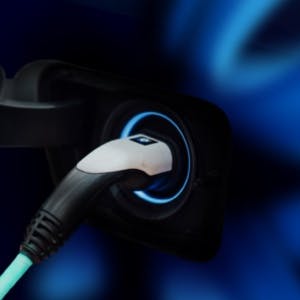- Home
- All updates
- EDGE Insights
- Industries
- Company Search
- My Watchlists (Beta)
All Updates
Sila Nanotechnologies to develop new facility in Washington
N-able acquires Adlumin for USD 266 million to strengthen cybersecurity offerings
Bitsight acquires Cybersixgill for USD 115 million to enhance threat intelligence capabilities
Snowflake acquires Datavolo to enhance data integration capabilities for undisclosed sum
Snowflake acquires Datavolo to enhance data integration capabilities for undisclosed sum
Microsoft launches Copilot Actions for workplace automation
Almanac acquires Gro Intelligence's IP assets for undisclosed sum
Aduro Clean Technologies partners with Zeton to build hydrochemolytic pilot plant
Oishii raises USD 16 million in Series B funding from Resilience Reserve
GrowUp Farms appoints Mike Hedges as CEO
Rise Up acquires Yunoo and expands LMS monetization capabilities

EV Economy
Sila Nanotechnologies to develop new facility in Washington
-
Sila Nanotechnologies, a next-generation battery material startup, has purchased a 600,000+ sq ft facility in Moses Lake, Washington to manufacture its breakthrough silicon-based anode materials.
-
Initially, Sila expects to deliver anode material sufficient to power 10 GWh of battery cells when used as a full graphite replacement or up to 50 GWh of cells when used as a partial replacement. This would be sufficient to produce batteries for up to 100,000–500,000 EVs and 500 million mobile phones annually.
-
Production at the facility is expected to commence in 2H 2024 to reach full production by 1H 2025. The company states that the facility has the potential for further expansion to reach the capacity to power 150 GWh of battery cells when used as a full graphite replacement or 750 GWh as a partial replacement—enough to power 2 million–10 million EVs per year.
Contact us
By using this site, you agree to allow SPEEDA Edge and our partners to use cookies for analytics and personalization. Visit our privacy policy for more information about our data collection practices.